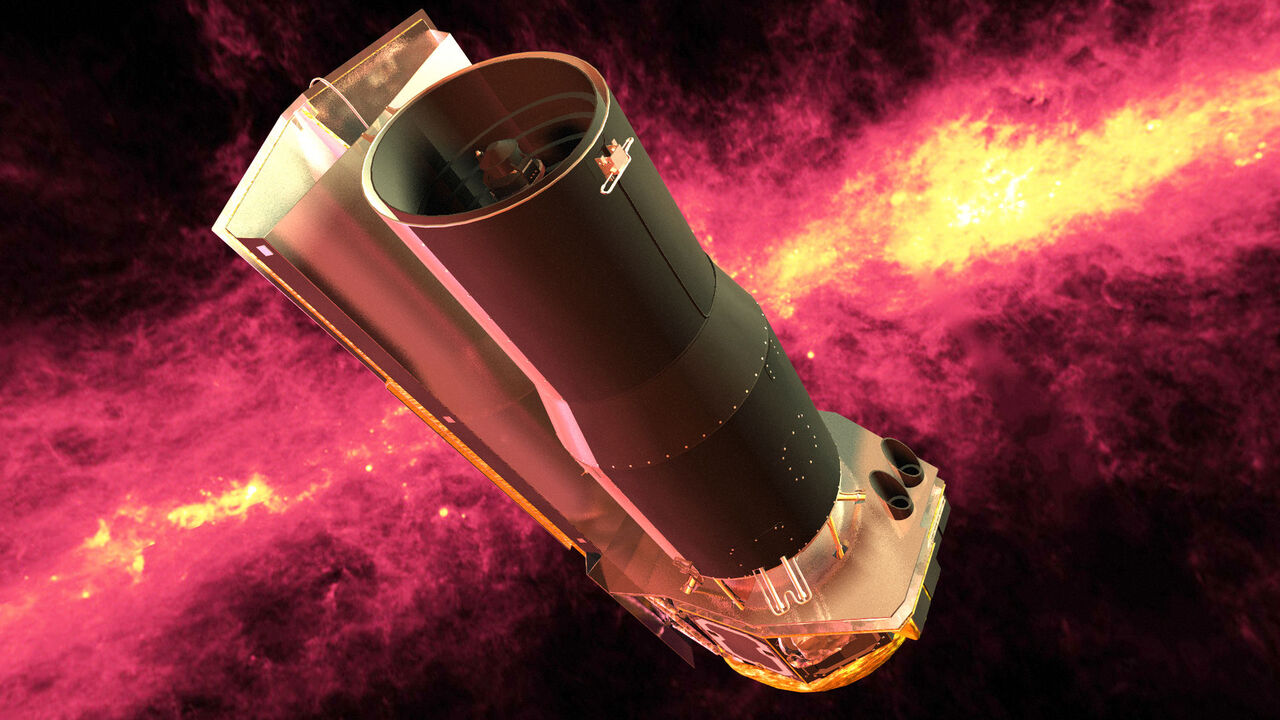The mission, scheduled to launch in 2026, expects the spacecraft to travel more than 299 million kilometers to rendezvous with Spitzer.
Using the latest technology, the spacecraft will repurpose the telescope to enable it to detect and study near-Earth objects that pose a potential threat.
Led in collaboration with the Smithsonian Astrophysical Observatory, the Johns Hopkins Applied Physics Laboratory, Blue Sun Enterprises and Lockheed Martin, this ambitious project may be the most complex robotic mission humanity has ever undertaken.
Source: Ferra
I am a professional journalist and content creator with extensive experience writing for news websites. I currently work as an author at Gadget Onus, where I specialize in covering hot news topics. My written pieces have been published on some of the biggest media outlets around the world, including The Guardian and BBC News.










